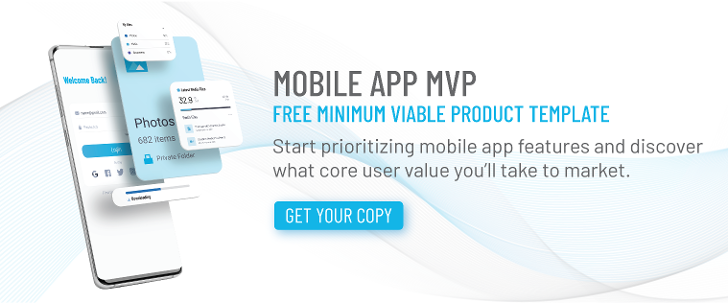While the pandemic may have slowed some industries down, the OTT industry has picked up speed. Streaming services and other OTT platforms for live sports and events streaming are booming. In this article, we are looking at six major OTT industry trends. For anyone looking to enter the OTT and streaming market, arming yourself with market trends and industry insights will help you prepare for the future and better position yourself for success.
5G is Changing the Game
5G will change streaming behaviors forever, as 5G internet is expected to become the standard, especially in urban areas. This next-generation cellular network technology will provide much faster, more reliable internet speeds, opening a world of possibilities for OTT platforms and video streaming. Even more notably, 5G will also give live sports and event streaming the boost it needs, with 5G promising latency to be just one millisecond, leading to less network interference and delays to ensure a flawless viewing experience. Twenty-nine percent of consumers say they would pay a premium for OTT services if 5G provided a better quality video on mobile devices and decreased buffering.
Immersive Streaming Technology Becomes Accessible
While we are on the topic of 5G, this next trend has become to emerge because of that technology. Streaming 4K video takes up about 30 Mbps of internet bandwidth, and live video streaming, requires double that, which is not usually achievable with consumer-grade internet connections. However, 5G technology and its ability to support extra bandwidth will make it possible to stream 4K video and other 4K streaming solutions. Because of this, we expect to see more immersive streaming experiences like 4K and VR (Virtual Reality) coming within the next one to two years. 360 degree live streaming is also now a possibility with these new network connections.
Rise of the Subscription Bundle
According to a global survey from digital content platform Apester, 60.1 percent of people have grown tired of having so many streaming services. With so many OTT services on the market – Netflix, Prime, Disney +, AppleTV, Hulu, Discovery + – to name a few, it’s safe to say that we have reached a point of maybe too many options in the OTT space both globally and locally. While watching subscription-based OTT video services is a daily habit for 60% of adults in the US, all of these subscription options also have many viewers who have become tired of subscribing to multiple services. However, this is driving increased innovation in terms of OTT video monetization. Providers are increasingly turning towards pay-per-view and advertising monetization models as alternatives to the subscription model. In some cases, we have begun to see increased usage of bundling different subscription packages to create channels. We’re already seeing Disney+ bundle their videos with ESPN, National Geographic, and other content producers.
COVID-19 Sparks Shared Viewing phenomenon
The pandemic has had an enormous impact on the OTT industry, provoking a rapid spike in consumption as people have been forced to stay home due to global lockdowns. To help consumers isolate themselves and social distance, many OTT platforms like Netflix and Disney + have introduced technology that allows people to watch movies together on a video chat, allowing platform users to stream in sync. Disney Plus’s GroupWatch and Netflix’s Teleparty have been a massive success and are a trend that is worth looking into.
User Experience is Key
With so many OTT platforms available, viewers have the power to pick and choose the services that they’d like to use. For those looking to get the leg up on their competition, success lies in their User experience (UX). Viewers demand platforms have an extensive library of content and have interfaces that are intuitive and easy to navigate. If we compare Netflix and Hulu, the Netflix platform is easy to navigate, pleasing to the eye and offers an expansive content selection. Their algorithm is user-friendly, and their apps are easy to navigate on most devices.
Conversely, Hulu’s platform seems cumbersome, and their search engine isn’t the greatest. With this simple comparison, one can easily see why users generally prefer Netflix and why it is worth ten times more than Hulu. Good user experience drives success.
Competition Gets Tough
Even though many significant conglomerates dominate the OTT streaming industry, smaller OTT streaming services are still popping. Our team at Clearbridge Mobile recently played an important role in helping NESN launch their OTT service. While we used Brightcove as an online video platform to support the NESN app, numerous OTT hosting solutions are now available on the market, increasing competition. Cloud-based OTT hosting is also emerging as an affordable option.
These hosting solutions are necessary as people turn to these platforms for support with content management and distribution. Some desirable features include advanced security, video monetization, reliable content delivery, white-label streaming, and live streaming capabilities. With so many options readily available, we expect to see a more significant number of smaller OTT streaming services launch in the coming years.
With OTT subscribers expected to surpass 100 million by the end of this year, the potential for reaching broader audiences and tapping new sources of revenue is massive. Companies that can evolve with the market will come out on top of the competition, and Services that fail to understand the increasingly complex array of choices available to the audience will struggle against those that address the need for connectivity, perhaps in hardware and content. Understanding the latest industry trends will help set you in the right direction.







